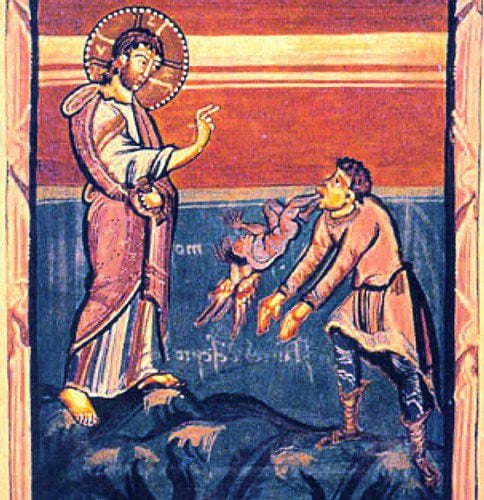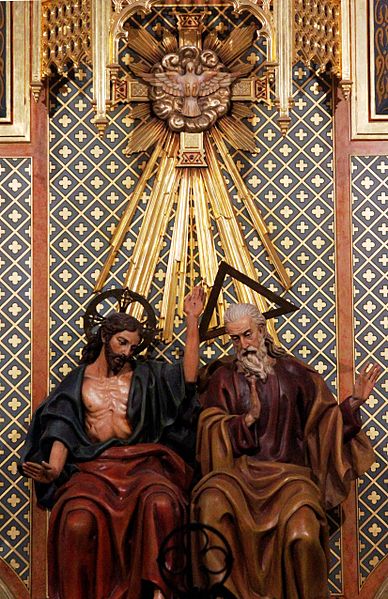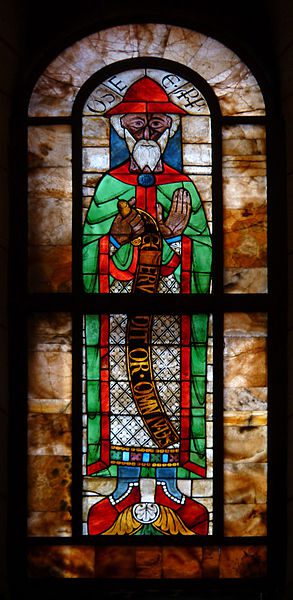
Compare 9:32-34; Luke 11:14-15, 17-23; John 7:20; 8:48; 8:52; 10:20
I’ve written in the past about what I call “New Age anti-Mormonism.” It’s the sort of anti-Mormonism associated with such zany madcaps as Ed Decker and Bill Schnoebelen.
New Age anti-Mormonism is more than a little crazy, but, in a way, I respect it.
Why?
Because it recognizes that some elements of the story of the Restoration are very difficult to explain away naturalistically and therefore, although it’s still unwilling to accept the claims of Mormonism, it forthrightly appeals to a supernatural (albeit demonic) account.
Just as the critics of Jesus did, according to these passages.
There’s integrity in this response. It’s nuts, but it’s consistent.

(Wikimedia Commons public domain image by José Luiz.)
Compare Matthew 7:16-20; Luke 6:43-45; 12:10
These are the passages indicating that, while blasphemy against Jesus can be forgiven, blasphemy against the Holy Spirit cannot.
Latter-day Saints typically take the word against here in somewhat different senses: To say a word against Jesus is to deny propositions about him, whereas to say a word against the Holy Spirit is to override what the Spirit is saying, to contradict the Spirit. And the Spirit isn’t speaking self-referentially, but of Christ. The distinction is somewhat fuzzy, as, in both cases, saying a word against them is denying what they say. But the idea seems to be that the Holy Spirit conveys truths to us in a way that is more powerful than merely hearing the mortal Jesus say something, and that contradicting the declarations of the Spirit is, therefore, more seriously culpable.
Of course, these passages also set forth the important principle of judging religious claims by their effects, by their fruits.

Compare Matthew 16:1-2, 4; Mark 8:11-12; Luke 11:16, 29-32; John 6:30
The use of marriage as a metaphor for the relationship between God and his people runs throughout the Bible. And, unfortunately, the image of adultery is just about as common, representing the infidelity of Israel to its covenant with the Lord. (The parade example of that is in the book of the prophet Hosea, who surely received one of the most unusual and most unpleasant mission calls ever extended.)
This passage should be read in that light.
And, of course, the other metaphor used here is that of the prophet Jonah and his three days in the belly of the whale.
Rich images.












